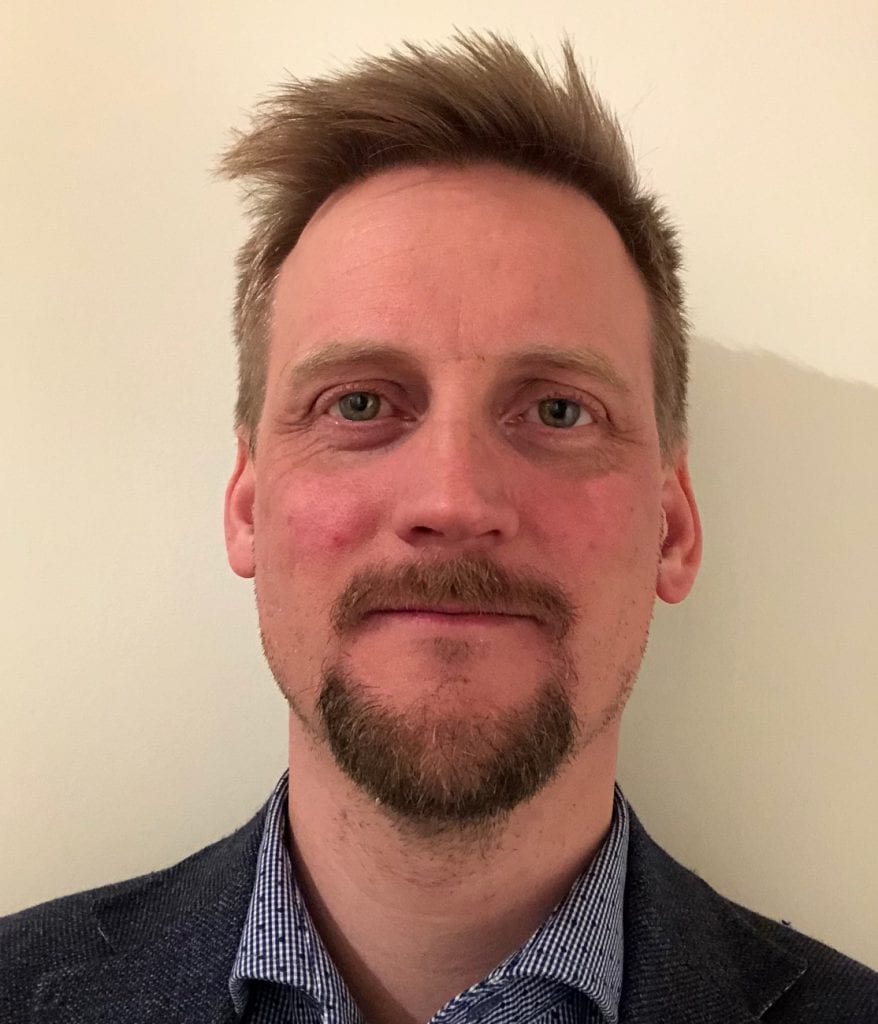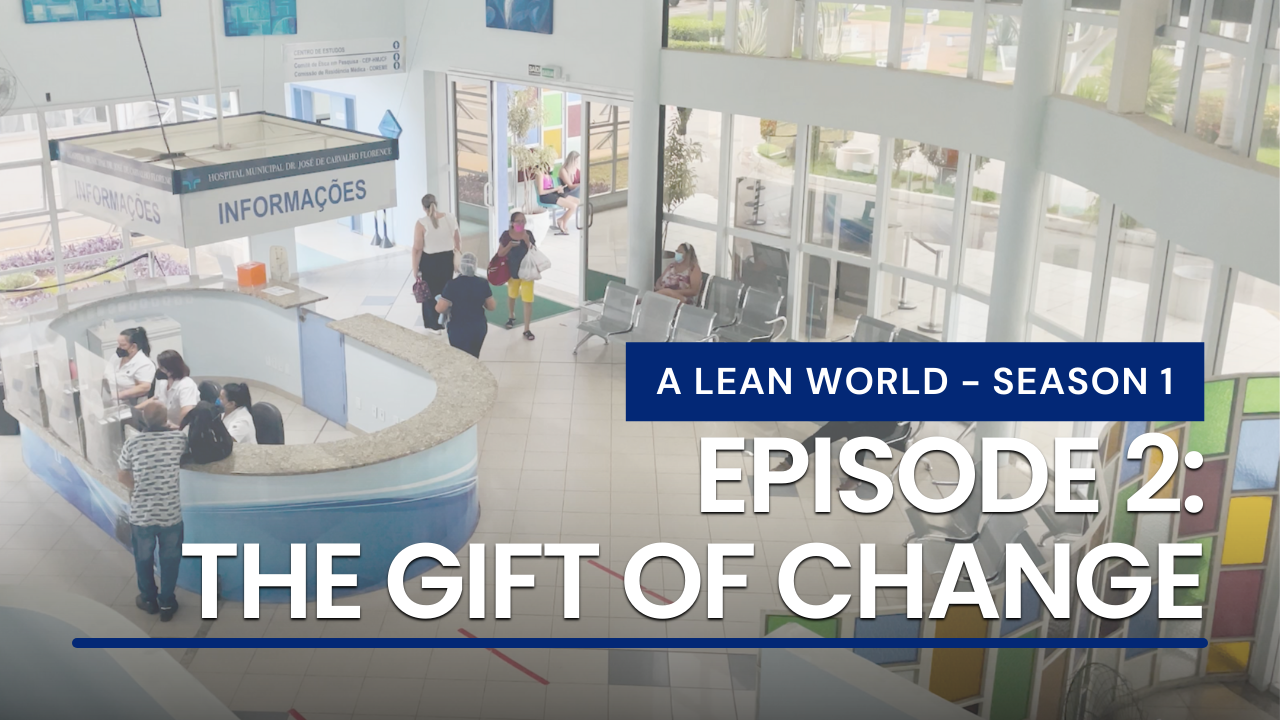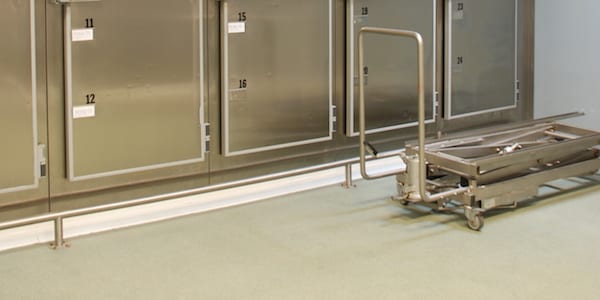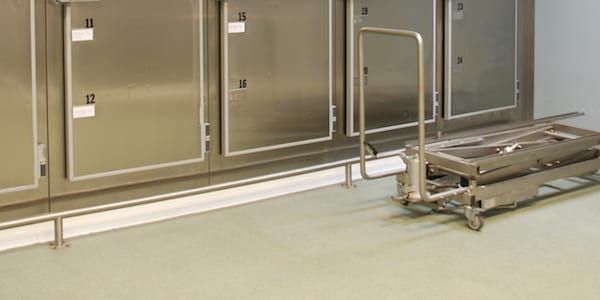
Putting the customer at the heart of public service
FEATURE – This story of a lean application in elderly care in a Norwegian borough demonstrates the great strides that can be made in providing better service to citizens if their needs become the focus of the work.
Words: Eivind Reke and Lena Haugseth, Los Norge, with Maj Britt Karlsen and Kari Bjørnerud, Borough of Vestre Toten
The Borough of Vestre Toten, “kommune” in Norwegian, is home to one of Norway’s largest industry clusters located in the town of Raufoss. Inspired by the companies in the cluster, the director of the borough, Bjørn Fauchald, initiated a lean transformation back in 2011 to tackle the out-of-control costs and deficit.
The transformation began in the elderly care centers, which were offering an increasing number of services with little extra funding. The first pilots focused on the development of the nurses’ technical skills using visual management and standardization, and they were a resounding success: the care centers were now able to deliver more and better services with the same amount of resources. Their sister organization – home services, providing elderly care for people still living at home – consisted of two departments that started their lean journey in 2012 and 2016. In 2018, they eventually merged.
Maj Britt Karlsen was asked to lead the re-organization. Having previously led a lean turnaround with good results in a different service area, she again turned to lean and started to work closely with Kari Bjørnerud, one of three internal lean coaches in the borough. During our visit to their offices with a team of students from Los Norges “Learning Organization” training program, we were able to closely observe their Obeya support systems and the team’s visual management boards, interview nurses and other healthcare workers, and deep dive into the learning culture they are trying to develop. As with the elderly care centers, more responsibilities and new tasks – which of course require new skills – have been transferred from the hospitals to the home care department.
VISITING THE OBEYA
As part of our gemba visit, we also had to chance to discuss the transformation in detail with Maj Britt and Kari. One of the first things we noticed was how clear their hoshin was, “leva lenge hjemme” – which translates into “live long at home”. For the kommune, such an outcome should mean happier citizens and cheaper service (a person that stays at home one year longer saves the borough about NOK 600,000 per year – around €60,000). Regardless of what cost reductions might be achieved, however, it was clear that the lean principle of “customer first” was very much the focus of the department. Even though their 7.5-hour shifts are packed with work, the teams still take the time to deliver high-quality services to the elders living at home. In the event of an abnormality, deviation, issues or at worst accidents, the problem is quickly posted to the visual management board and discussed the following morning. If necessary, appropriate countermeasures are introduced and the learning is shared with colleagues.
The home nurses, divided in groups of 25, work closely together in shift divided into 5-6 people, and of course start their day with a daily huddle around their visual board. Every morning, they meet with their teams to inform, organize, coordinate and discuss the work to be carried out that particular day. As mentioned, the daily huddle also gives them an opportunity to raise issues and highlight deviations that have occurred the previous day. This allows the teams to follow up with both customers (patients) and support systems, share vital information and discuss and coordinate on specific patient needs (for example when, for whatever reason, someone needs special attention in the form of medication, a doctor’s visit or just a bit of social interaction).
Lean has also helped with standardizing work procedures with a focus on quality and predictability for the patients. For example, an issue was discovered with variation in how wound care was carried out. There was no agreed upon standard, with different practices and ways to complete the work leading to different outcomes. As a countermeasure to this problem, the teams turned to classic job breakdown analysis and held a discussion on how wound care should be provided to ensure the possible results every time. Supported by the specialist nurse in the unit, the teams developed a standardized procedure for wound care resulting in less issues and better care for the patients. In some cases, hospitalization was avoided.
A DAY IN THE LIFE OF WORKERS
To give you a better idea of how Lean Thinking is applied at the borough’s home care service, we’ll look into what happens from the beginning of the process. When a decision is made to deliver a certain type of care to a person at home, the first thing the home care team does is to validate that decision. Is this the right type of care? Should there be more or less care or should there be a different type of care altogether? In true lean fashion, this first evaluation is carried out at home with the care receiver – right at the gemba. Once they are satisfied with the decision, the team involves the patient in the planning process and in setting targets for the outcome of the care. The standardized processes allow for flexibility and individual adjustments to ensure that each patient’s unique situation is taken into account.
Another example of this patient-centric approach is the way in which the teams systematically work with patients in need of rehabilitation after operations or accidents – what they call “ordinary day rehabilitation”, meaning going back to normal. In these instances, they use the team boards to follow the progress of each patient individually. They track every-day things like getting up from a chair and going to the toilet on their own, getting the mail, cooking or cleaning. By following each patient closely – they even measure the speed of wound healing with data (mm/cm) and pictures – the teams can quickly make adjustments if progress is not satisfactory and reflect on the reasons why it is not as expected. This in turn allows them to adjust their approach for future cases. If someone experiences a breakthrough with a patient (for example, when a patient prefers to pee in a basin rather than going to the bathroom but a nurse manages to motivate her to use the toilet instead), this is discussed and analyzed among staff members to better understand what happened, why it happened and how the right conditions can be created that will lead to more breakthrough moments.

TO CONCLUDE
Lean Thinking has made a lasting impact in the home services in Vestre Toten: the teams have a better structure to support their work, patients see fewer nurses than before, and the borough has learned that people can live longer at home when the emphasis is on their needs rather than on those of the borough itself. There is no doubt that the biggest impact has come from the development of people. Since the home services started working with lean, the teams’ skills set has become much stronger, which has led to better quality services. Additionally, the job of home nurses has become more interesting as they can now carry out procedures at home that were previously considered possible only in hospital.
Lean starts with the customer, and in public services the customer is the one receiving the service. Once we start to put patient care at the heart of our work, we begin to generate benefits for all parties involved. Lean tools are there to teach us how to make the work easier for our front-line people so they can easily do what they do best – create value for patients.
And indeed, in Vestre Toten, the sum of the improvements and changes made also had a remarkable side effect: people in the final stages of their lives are now allowed to stay at home until the end, with good care and support. Just a few years ago, when the focus was on getting people into elderly care centers, this was considered utopian. Then again, lean has been known to prove the impossible possible.
THE AUTHORS




Read more


FEATURE – Can lean relieve some of the pain and fear people experience in this crazy world? It can, says the author, because amid so much noise lean carries one truth.


WEB SERIES – In Episode 2 of our docuseries on lean in Brazil, we learn how the pioneering efforts of a cancer clinic have inspired the city of São José dos Campos to transform into a lean healthcare cluster.


FEATURE – The belief that standardization kills creativity can be a severe hindrance in a lean transformation. The author discusses how he convinced his team of architects to give standards a try.



ARTICLE – The Institut de Medicina Legal de Catalunya has learned that employee engagement and lean thinking can shake up even the stiffest of the public sector's working environments.

